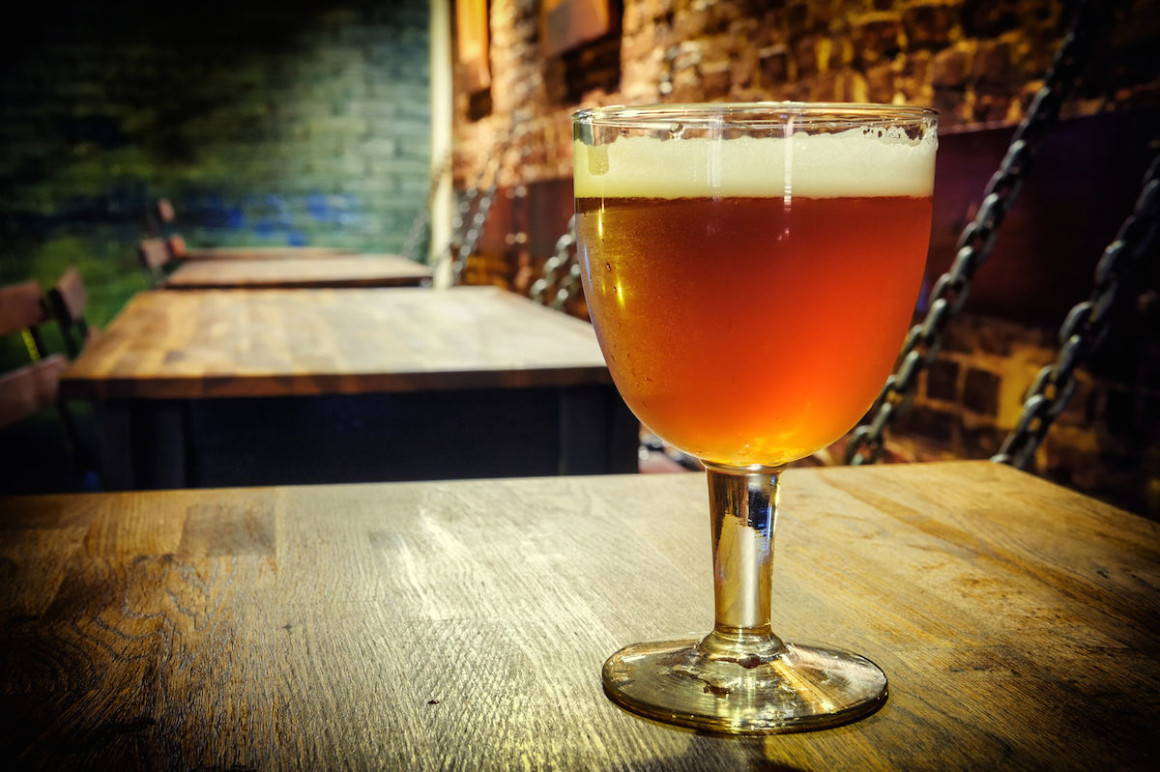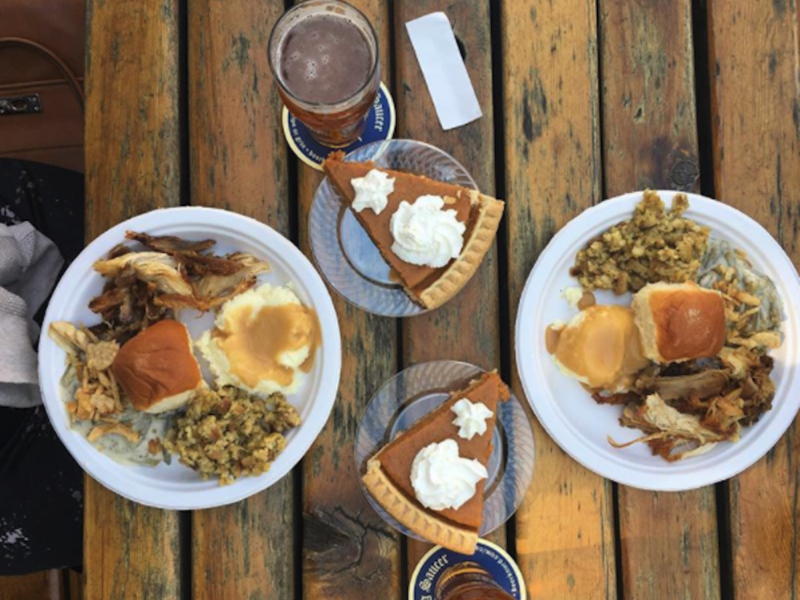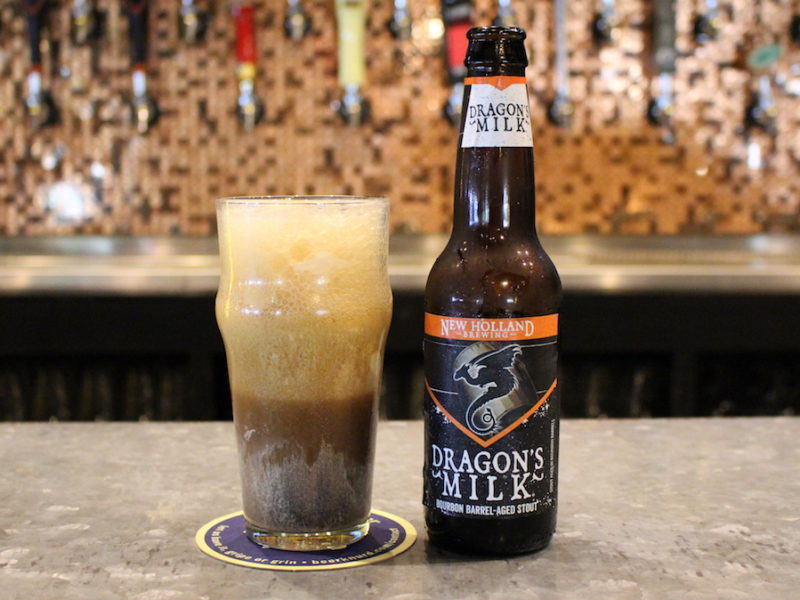For Americans raised on the distinctions between lager, Pilsner and the now-dizzying array of “light” beers, the nomenclature surrounding the great brewing traditions of central Europe can be a bit confusing. A great example: Belgian Trappist ales, some of which are among the most distinctive and celebrated anywhere in the world.
The descriptions frequently encountered on Belgian beer labels—dubbel, tripel, quad—all sound vaguely self-explanatory, especially when considered in context. Just as four of a kind beats a pair, surely a quad is stronger than a dubbel? But closer inspection can deepen rather than resolve these mysteries.
SO, just what do these names really tell the prospective imbiber? To help, we’ve assembled a quick guide for what to expect when you pop the top (after all, these beers are traditionally corked) on one of these classic brews.
First, what does it mean that dubbels, tripels and quads are all varieties of Belgian Trappist ales? Simply, these are beers that have been brewed for generations—at least the late 1600s—at Christian monasteries throughout Belgium. These ales are described as Trappist after the Cistercian order most renowned for incorporating beer-making into their self-sustaining communities. And the Trappists take their name from the region in which they founded their very first monastery: La Trappe, which is actually located in Northwest France.
The term “Trappist ale,” much like “champagne” or “parmesan” (or “Parmigiano-Reggiano”), is now the subject of tight regulation. Since 1997, the eight major ale-producing breweries in Belgium banded together to form the International Trappist Association to establish formal criteria for these beer styles, and to exert better trademark control over the Trappist designation. ITA membership has since expanded to include 20 monasteries, including ones in Italy and even the United States (Saint Joseph’s Abbey Spencer in Massachusetts). If the dubbel, tripel or quad you are drinking is a true Trappist ale, and carries that distinction, that means that the beer has indeed been warm-fermented (or top-fermented) and bottle conditioned (or aged) within the walls of the monastery, either by actual monks or under their supervision, and that the monastery’s brewing operations are not run for profit, but only to help support the monastery’s daily operations and charitable work.
That said, some dubbels, tripels and quads may present themselves as “abbey beers.” Such labeling should be understood to mean that the beer itself is in the style of a traditional Trappist product but has not been brewed by an ITA member monastery, but perhaps by a large commercial brewer that simply adapted a traditional Trappist recipe and branded the resulting beer with the name of either a real or even invented monastery.
All this provenance aside, what makes a dubbel? Again, some history is in order. Dubbel is a style that originated at the Abbey of Westmalle near Antwerp. First brewed in 1856, this dubbel was a strong (ABV: 6% to 8.5%), coffee-colored beer with a toasty, even nutty finish. Dubbels brewed today are still dark in color and should actually be a bit hazy. The clearer the beer, the less yeast sediment it contains. And, though they are filtered, Trappist ales are unmistakably yeasty. If you are served a dubbel such as a Chimay Red or Ommegang Abbey Ale in a tulip glass, expect a malty, caramel-like sweetness with only hints of hoppy intensity. If you live in or are visiting St. Louis this winter, check out Modern Brewery’s Clandestine, a “Belgian Brown” ale that tamps down a bit on the chocolatey flavors of the traditional dubbel in favor of a drier, fruit-and-spice complexity.
If you order a tripel, you might be surprised to receive not a beer darker in color than a dubbel, but a golden, slightly cloudy ale crowned with bubbly rather than frothy head. Tripels are both hoppier and higher in alcohol content than dubbels. In fact, tripels were traditionally the strongest beers brewed for abbey consumption, and some brewed today can exceed 10% ABV. However, the real ingredient that has been doubled and trebled in these recipes? (Yes, the brother once also served a “single,” the Enker, but that style is no longer brewed.) Malt, but of different varieties and roasts: dubbels darken due to the inclusion of candi sugar, and tripels derive their glow from Pilsner malt. Tripels should be served slightly chilled, or at least more chilled than dubbels, and also in a tulip glass. A beer chalice is also acceptable. Before the tripel even hits the drinker’s palate, it should appeal to the nose with notes of citrus, banana and alcohol. Commercial examples of tripels include Unibroue’s La Fin du Monde (a Canadian “abbey ale”) and the original: Westmalle Tripel. Visitors to Flying Saucers across Dallas-Fort Worth might also want to check out local stalwart Lakewood Brewing Company’s Saint Dymphna, a creamy, lemony tripel named after the patron saint of Geel, Belgium.
Finally, the quad or quadrupel is a more recent, non-Belgian style that combines the hue and flavor profile of the dubbel with the kick of the tripel. The first beer to bear the name quadrupel was a seasonal ale brewed by De Koningshoeven Brewery in the Netherlands. Beer aficionados may also sometimes find quads referred to as Belgian strong dark ales. Amber, lighter in body, but more bready and peppery overall, quadrupels can be surprisingly mild in both their sweetness and hoppiness. But make no mistake: quadrupels are very strong, with ABVs routinely above 10%. Popular quads include the Trappistes Rochefort 10, St. Bernardus Abt 12 (both Belgian in origin) and the Ovila Quad, brewed for Sierra Nevada by the Cistercian monks of the Abbey of New Clairvaux in neighboring Vina, Calif. Memphis Flying Saucer also offers the Lazarus, a uniquely smoky bourbon-barrel-aged quad concocted by New Hattiesburg, Miss., craft brewery Southern Prohibition.
What are your favorite dubbels, tripels and quads? Have any tasting stories or great ideas about food pairings to share? Pour a cool one and join the conversation with your fellow Beerknurds in the comments below and at your local Flying Saucer.








